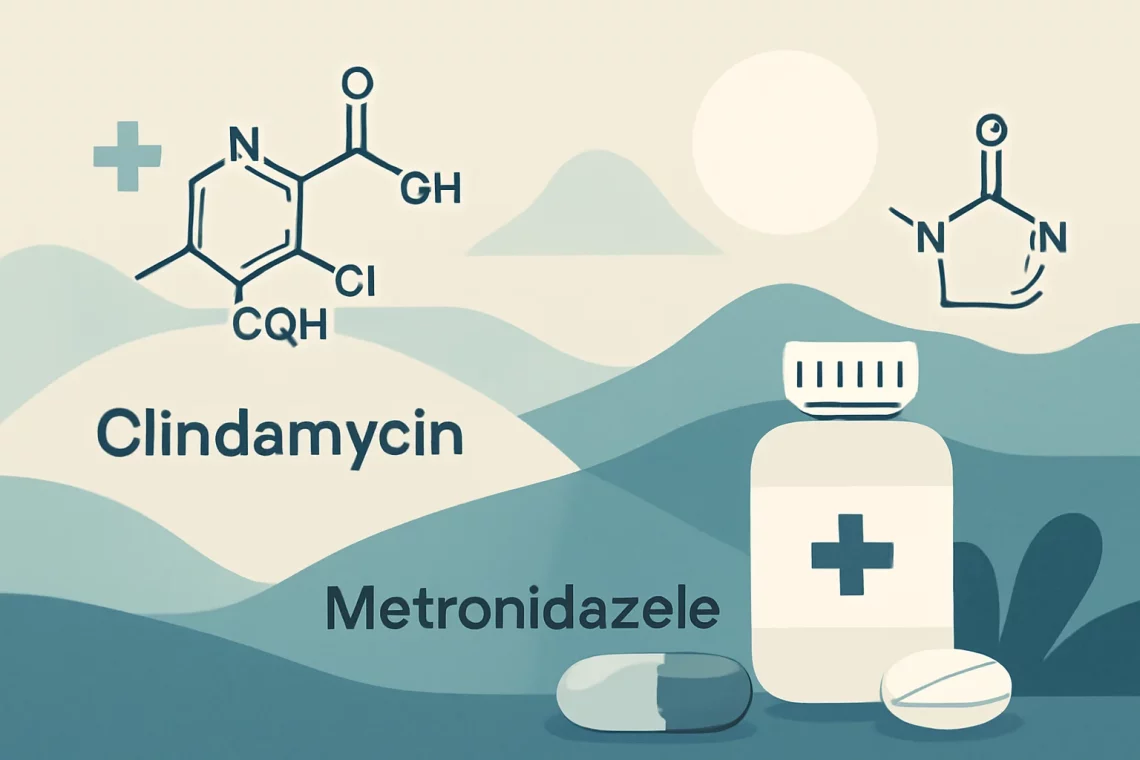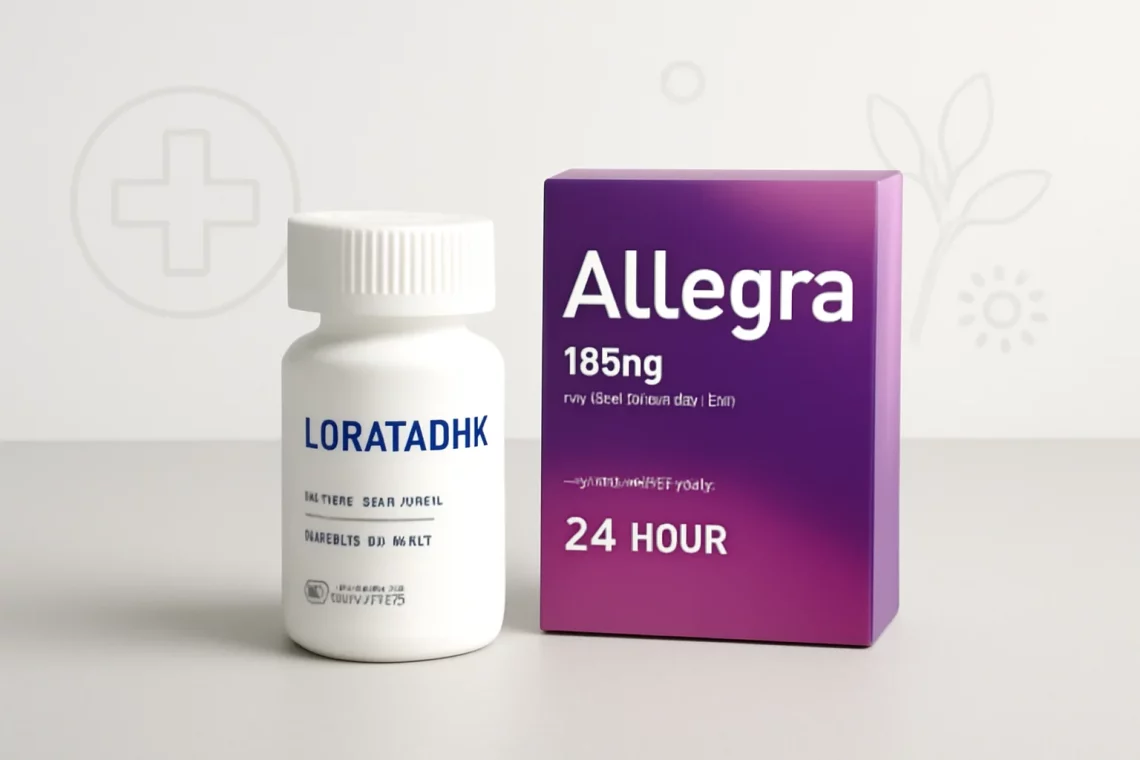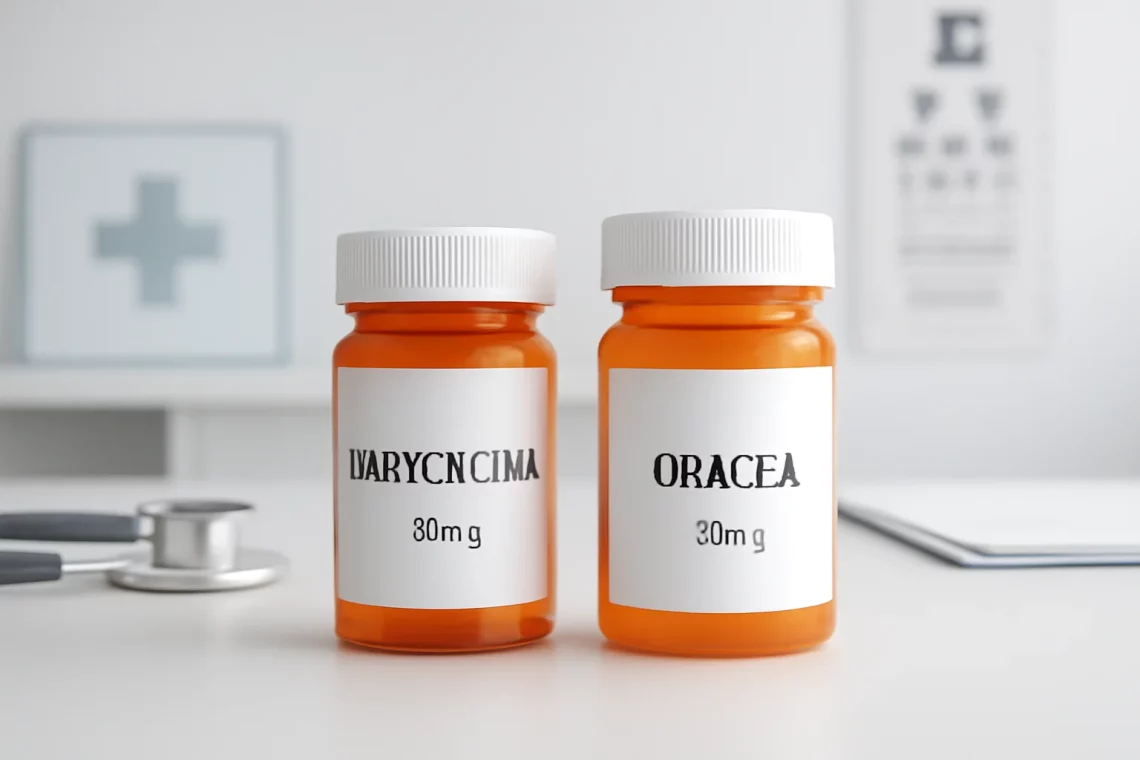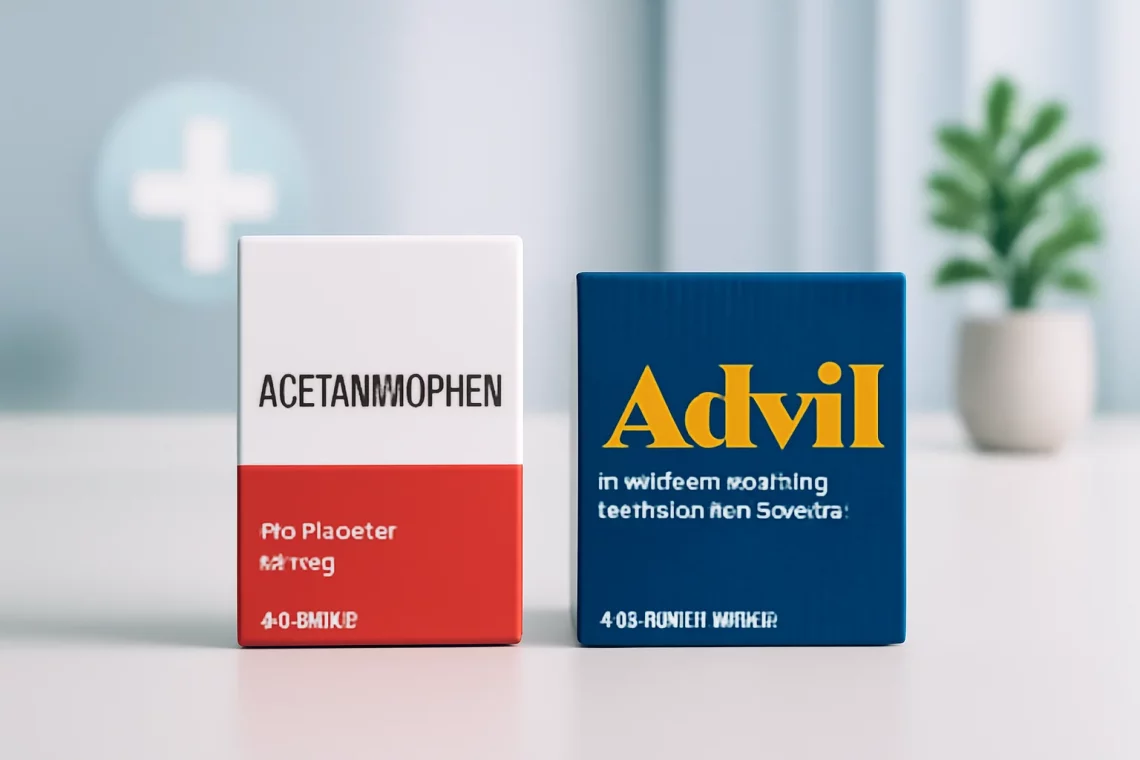-
Farxiga vs Steglatro: Which Diabetes Medication is Right for You?
In the realm of diabetes management, the emergence of new medications has revolutionized treatment options for patients. Among these medications, Farxiga and Steglatro have gained significant attention for their effectiveness in controlling blood sugar levels. Both drugs belong to the SGLT2 inhibitor class, which works by preventing the reabsorption of glucose in the kidneys, promoting its excretion through urine. This mechanism helps to lower blood glucose levels, making them a viable option for many individuals living with type 2 diabetes. As the prevalence of diabetes continues to rise globally, understanding the differences and similarities between these two medications becomes increasingly important for patients and healthcare providers alike. Each medication comes…
-
Biktarvy vs Juluca: A Comparative Analysis of HIV Treatment Options
The landscape of HIV treatment has evolved significantly over the years, with a growing emphasis on developing therapies that are not only effective but also convenient for patients. Among the various treatment options available today, Biktarvy and Juluca have emerged as popular choices. Both medications are designed to manage HIV effectively, but they come with different mechanisms of action, dosing regimens, and side effect profiles. As patients and healthcare providers seek the best treatment options, understanding the nuances of these medications becomes crucial. The decision-making process involves considering factors such as efficacy, patient adherence, and potential drug interactions. In this context, patients often inquire about the differences and similarities between…
-
Clindamycin vs Metronidazole: Which Antibiotic Should You Choose?
Clindamycin and metronidazole are two commonly used antibiotics that serve distinct purposes in the treatment of various bacterial infections. While both medications have proven effective in managing infections, their mechanisms of action, spectrum of activity, and specific indications differ significantly. Understanding these differences is crucial for both healthcare providers and patients, as the choice of antibiotic can significantly influence treatment outcomes. In clinical settings, the selection between clindamycin and metronidazole often hinges on the type of infection being treated, the patient’s medical history, and potential side effects. Both antibiotics possess unique properties that make them suitable for targeting specific bacterial pathogens. As antibiotic resistance becomes a growing concern globally, the…
-
Biktarvy vs Tivicay: Comparing Two Leading HIV Treatment Options
In recent years, the landscape of HIV treatment has evolved significantly, leading to the development of various antiretroviral therapies. Among these, Biktarvy and Tivicay have emerged as two prominent options for managing the virus effectively. As individuals living with HIV seek to understand their treatment options, it is crucial to explore the distinctions, efficacy, and overall impact of these medications. Both Biktarvy and Tivicay are designed to help individuals maintain viral suppression and improve their quality of life. They belong to different classes of antiretroviral drugs, which means their mechanisms of action, dosing regimens, and potential side effects can vary significantly. Understanding these differences can empower patients and healthcare providers…
-
Tamsulosin vs Alfuzosin Which is Better for Treating BPH?
The management of benign prostatic hyperplasia (BPH) has become a significant concern for many men as they age. This condition, characterized by an enlarged prostate gland, can lead to uncomfortable urinary symptoms such as frequent urination, difficulty starting urination, and a weak urine stream. As a result, various treatment options have emerged to alleviate these symptoms and improve the quality of life for those affected. Among these options, two medications, Tamsulosin and Alfuzosin, have gained prominence for their effectiveness and relatively favorable side effect profiles. Both Tamsulosin and Alfuzosin belong to a class of drugs known as alpha-1 blockers, which work by relaxing the muscles in the prostate and bladder…
-
Tamsulosin vs Alfuzosin: Which Medication is Right for You?
Tamsulosin and Alfuzosin are medications commonly prescribed for the treatment of benign prostatic hyperplasia (BPH), a condition characterized by the enlargement of the prostate gland in men. BPH can lead to uncomfortable urinary symptoms, such as difficulty in starting urination, weak urine stream, and frequent urination, particularly at night. As men age, the risk of developing BPH increases significantly, making effective management of the condition crucial for improving quality of life. Both Tamsulosin and Alfuzosin belong to a class of drugs known as alpha-1 adrenergic antagonists, which work by relaxing the muscles in the prostate and bladder neck, thereby easing the flow of urine. While both medications serve a similar…
-
Ciprofloxacin vs Levofloxacin: Which Antibiotic is Right for You?
Ciprofloxacin and Levofloxacin are two widely used antibiotics that belong to the fluoroquinolone class of drugs. These medications are commonly prescribed to treat various bacterial infections, making them vital tools in modern medicine. Their effectiveness against a broad range of pathogens has made them popular choices among healthcare providers. However, despite their similarities, there are distinct differences between these two medications that can influence treatment decisions. The rise of antibiotic resistance has further complicated the landscape of bacterial infections, necessitating a deeper understanding of the available treatment options. Healthcare professionals often assess the specific characteristics of each antibiotic, including their spectrum of activity, pharmacokinetics, and potential side effects, to determine…
-
Loratadine vs Allegra: Which Allergy Medication Is Right for You?
Allergies can be a significant source of discomfort, affecting millions of people worldwide. The symptoms can range from mild annoyances, like sneezing and a runny nose, to more severe reactions that can disrupt daily life. As a result, many individuals seek relief through over-the-counter antihistamines. Among the most popular options are Loratadine and Allegra, both of which are known to help alleviate allergy symptoms. Understanding the differences and similarities between these two medications can empower consumers to make informed decisions about their health. Both Loratadine and Allegra are classified as second-generation antihistamines, which means they are designed to minimize drowsiness while effectively blocking histamine receptors. While both medications serve a…
-
Doxycycline vs Oracea: Key Differences and Uses Explained
Doxycycline and Oracea are two well-known medications commonly used in the treatment of various bacterial infections and skin conditions. Both belong to the class of antibiotics known as tetracyclines, but they have distinct applications, formulations, and mechanisms of action. Understanding the differences and similarities between these two drugs can help patients and healthcare providers make informed decisions regarding their use. Doxycycline is often prescribed for a wide range of infections, including respiratory tract infections, urinary tract infections, and even certain sexually transmitted infections. Its effectiveness against a broad spectrum of bacteria makes it a versatile option in the antibiotic arsenal. On the other hand, Oracea is a brand name for…
-
Acetaminophen vs Advil Which Pain Reliever Is Right for You
Acetaminophen and Advil are two of the most commonly used over-the-counter medications for pain relief and fever reduction. While both are effective in managing discomfort, they belong to different drug classes and have distinct mechanisms of action. Acetaminophen, known for its analgesic and antipyretic properties, is often recommended for mild to moderate pain, such as headaches and muscle aches. On the other hand, Advil, which contains ibuprofen, is a nonsteroidal anti-inflammatory drug (NSAID) that not only alleviates pain but also reduces inflammation. Understanding the differences between these two medications is essential for making informed choices about pain management. Many individuals may find themselves wondering which option is best suited for…







































